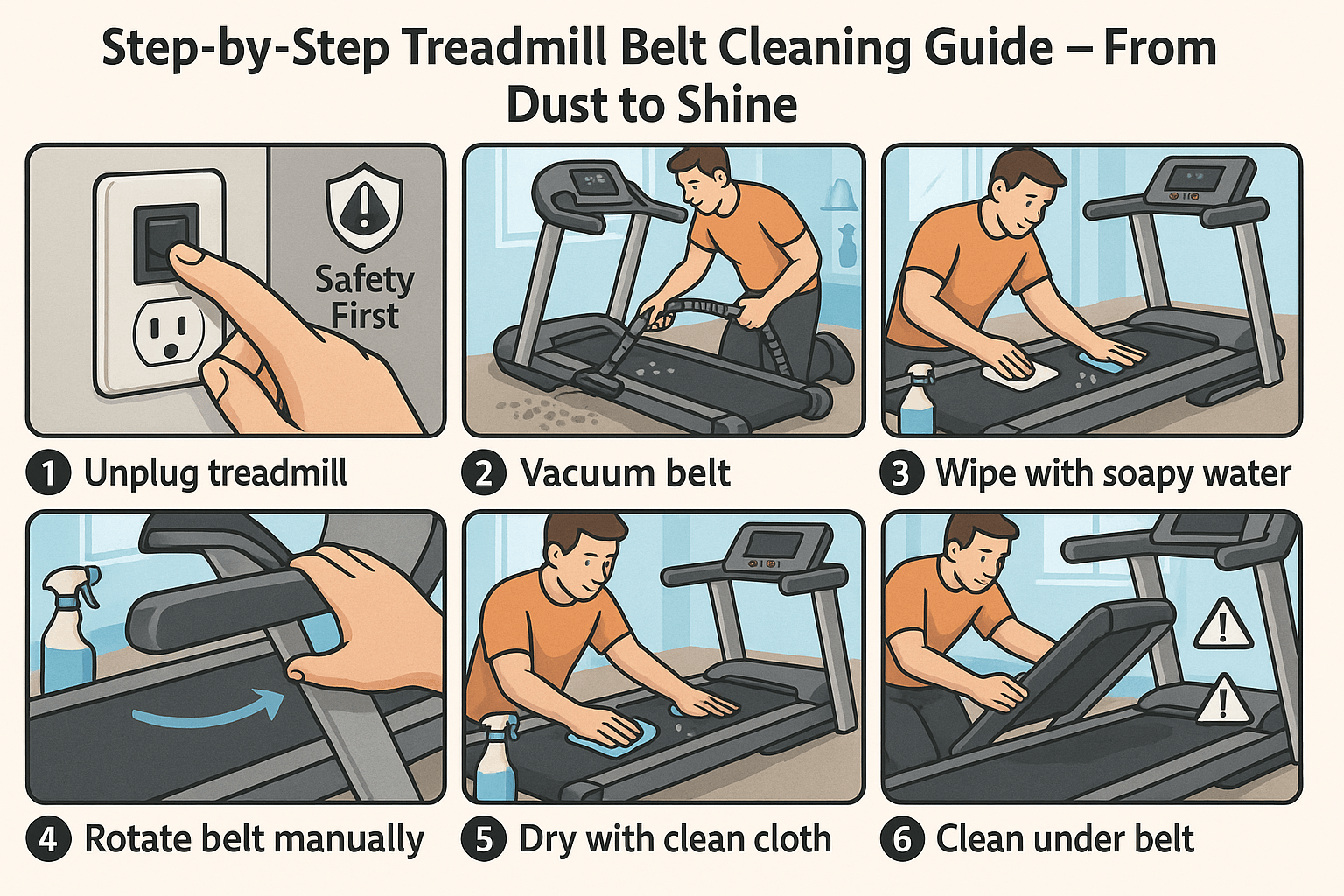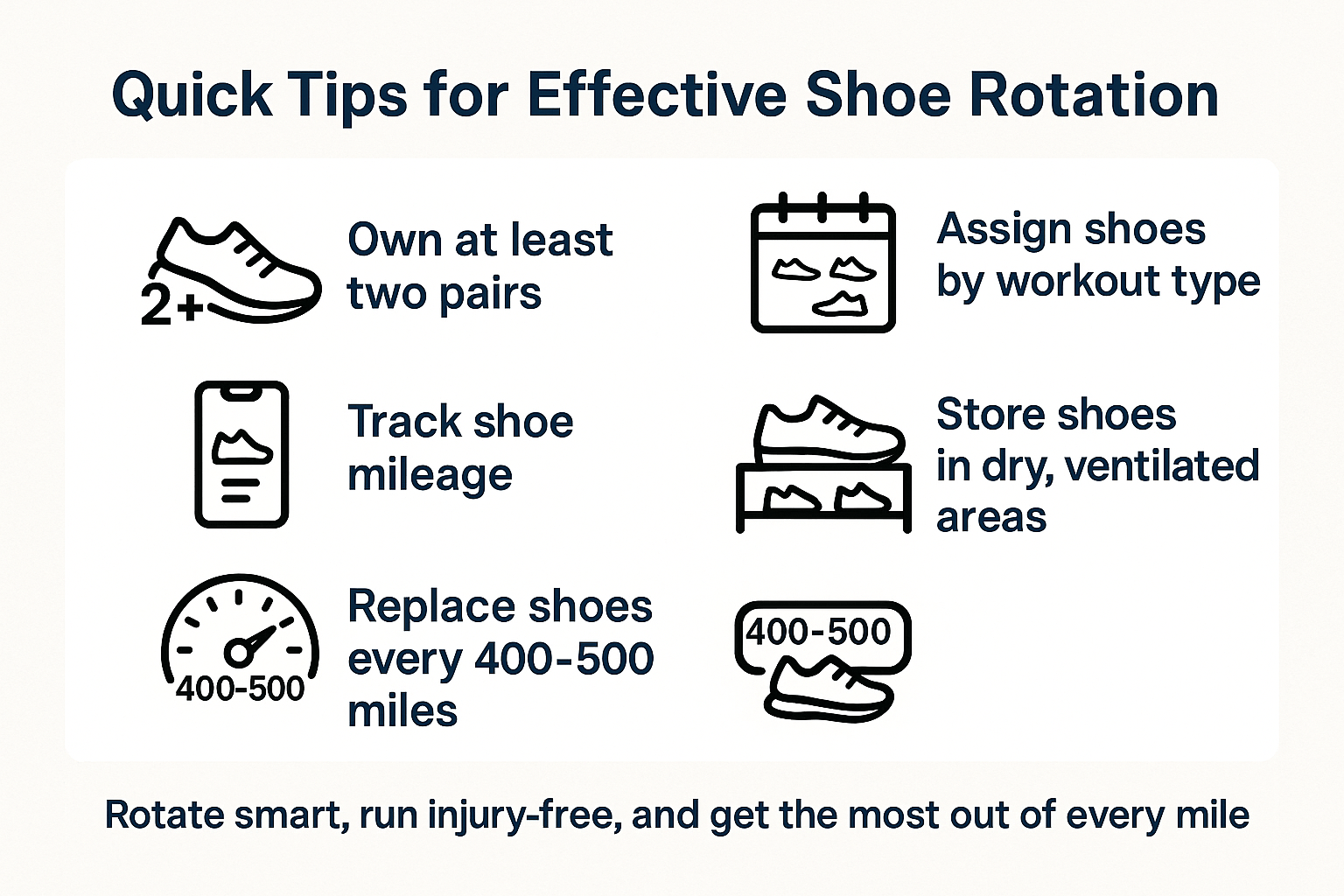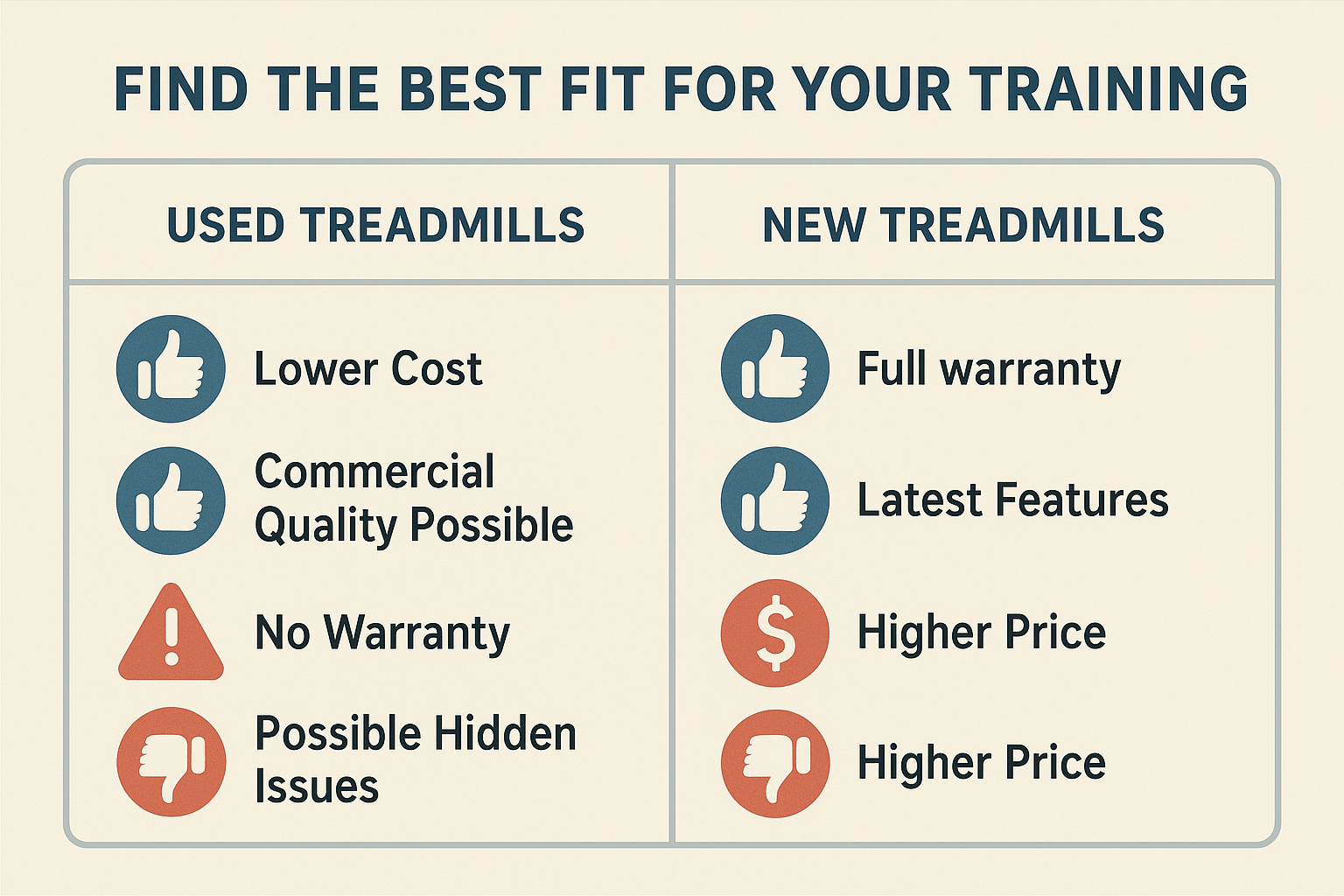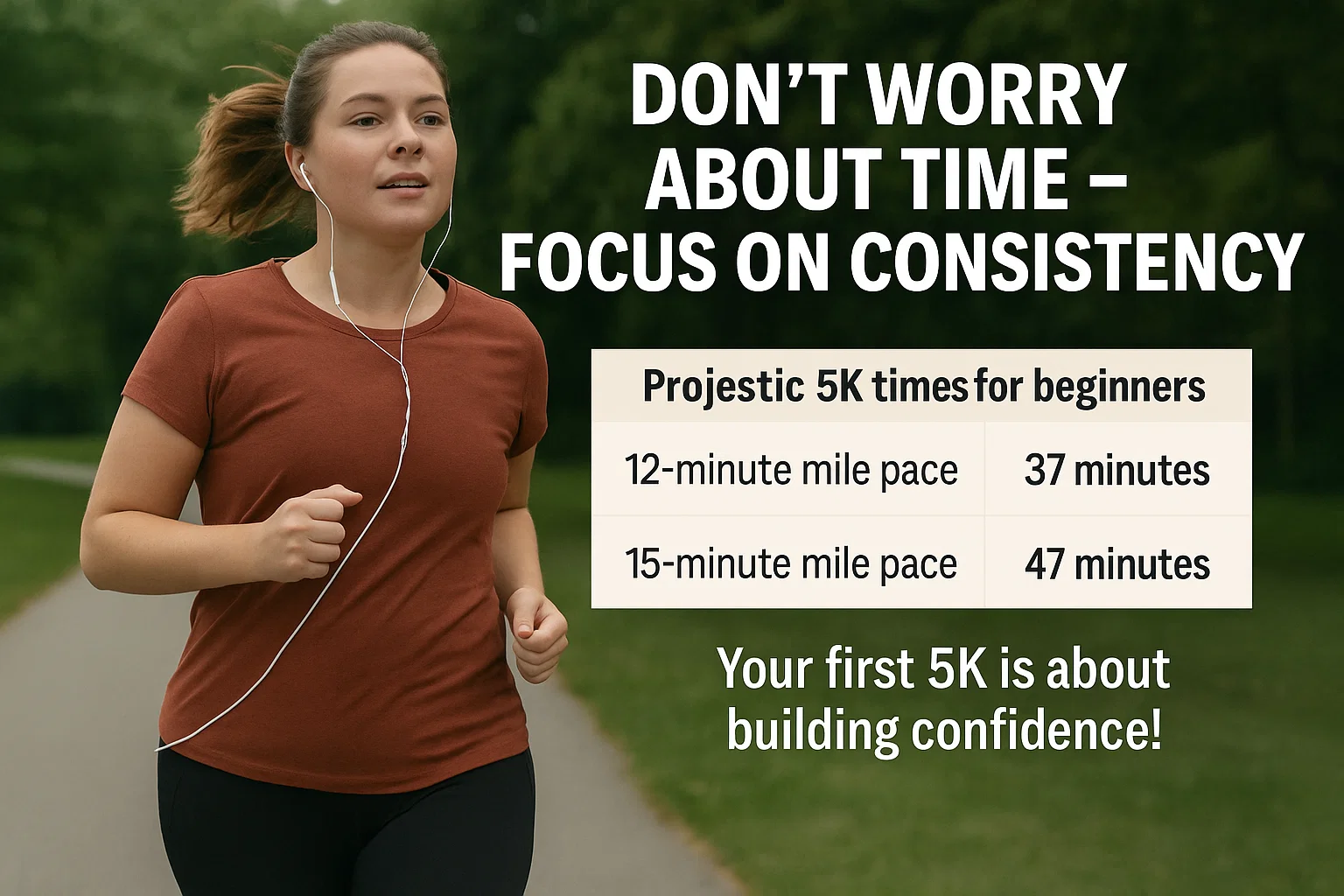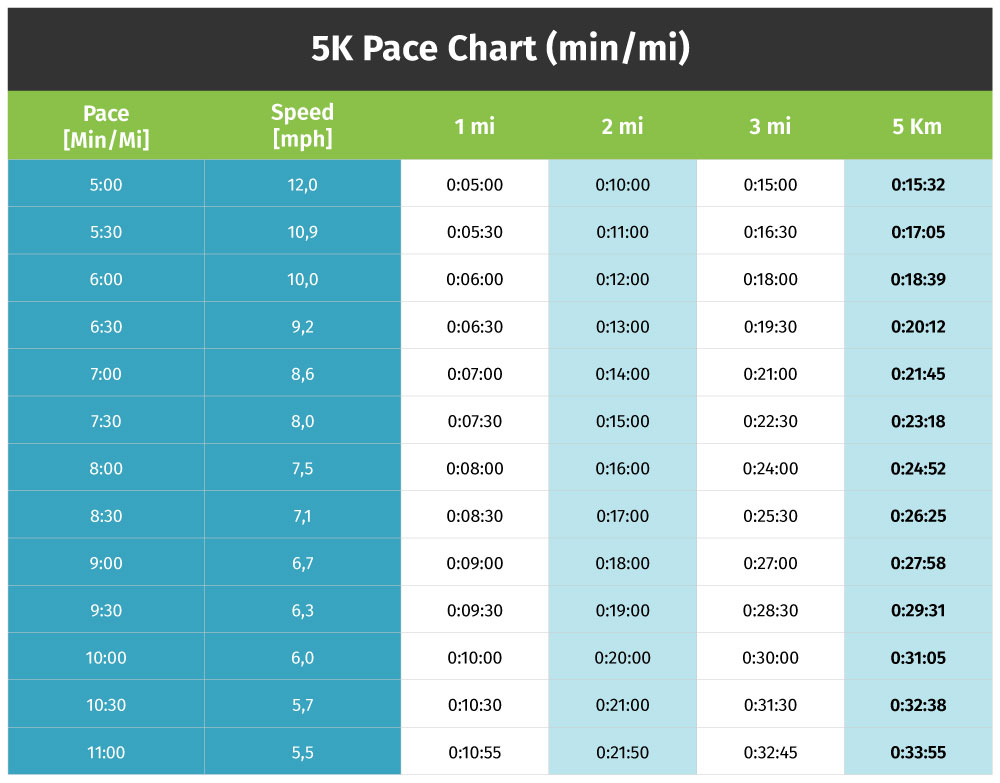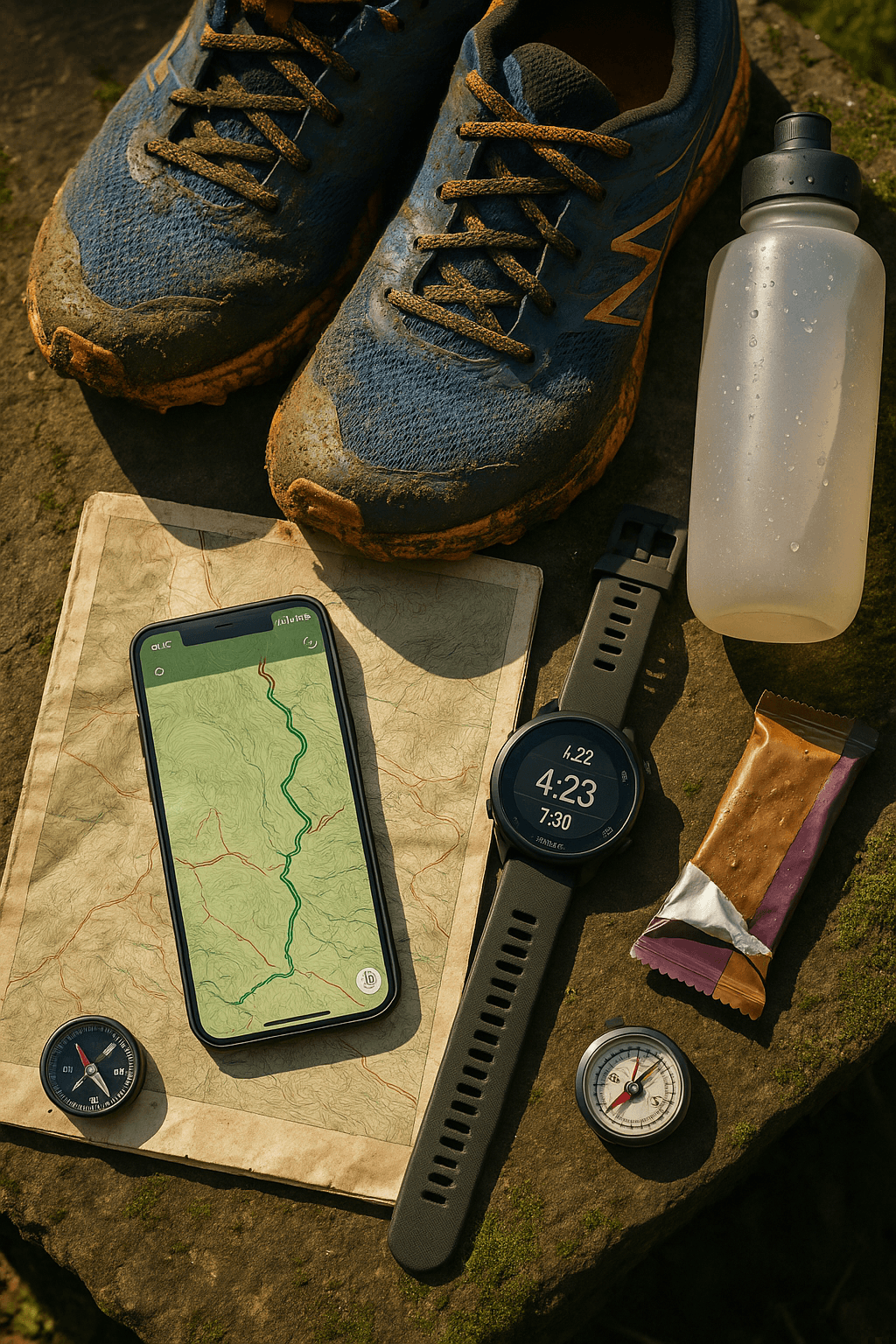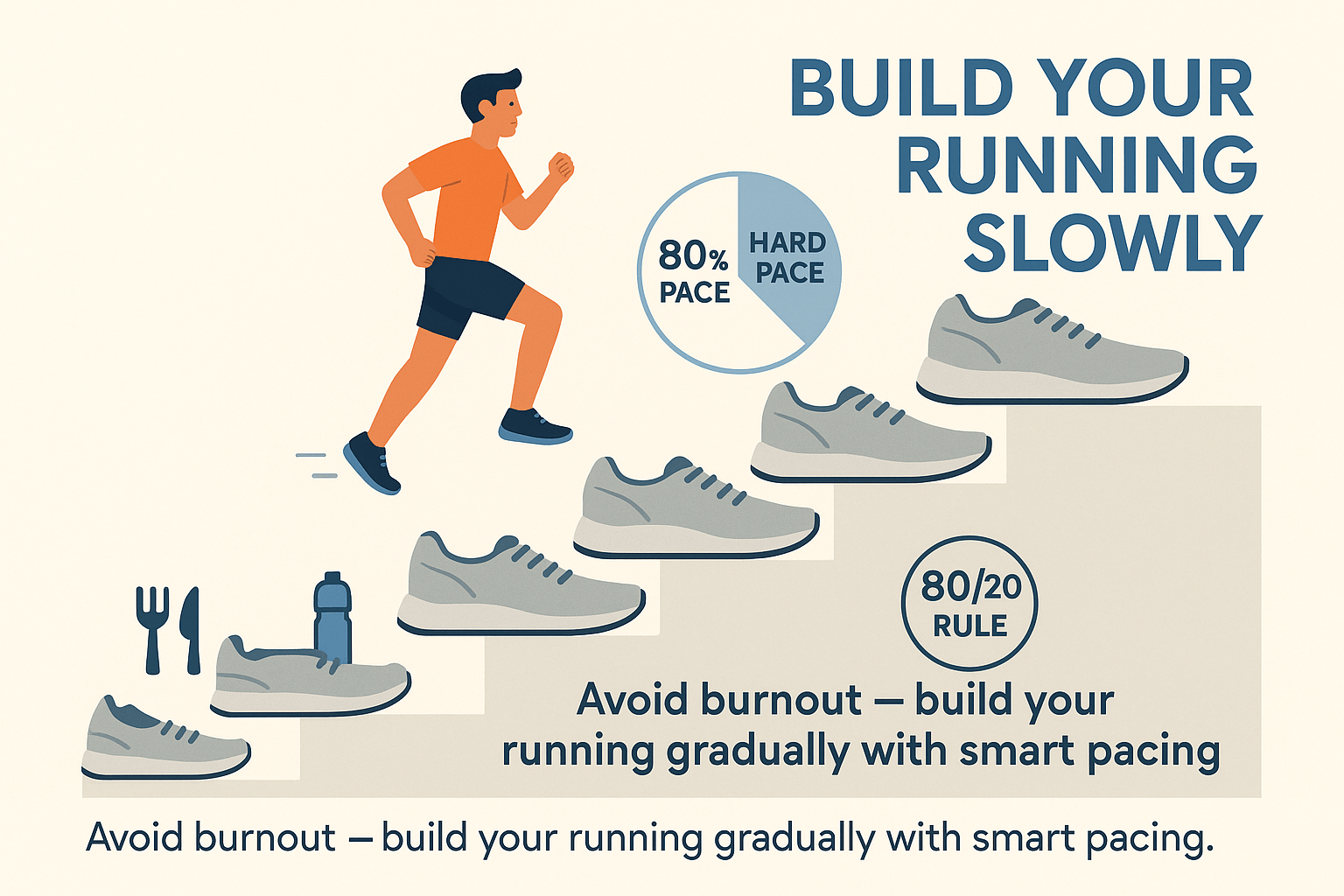If you’re anything like me, you love your treadmill—but sometimes, keeping it in top shape feels like trying to solve a Rubik’s Cube while running a 5K at full effort.
But don’t worry, I’m here to show you the easiest ways to keep your treadmill belt smooth and quiet.
A treadmill that works well is just like your favorite shoes—always ready for a great workout.
So let’s talk about how to keep your treadmill belt in tip-top shape. Ready to make it last for years? Let’s roll.
Why Treadmill Belt Maintenance Actually Matters
You might think that if the treadmill works, you’re all set. But trust me, there’s more going on under the hood.
The belt is the heart of your treadmill—if you don’t take care of it, things can go wrong fast.
Here’s why you should care:
- Smooth Running: A clean belt means smooth running without any slipping.
- Safety First: Regular maintenance keeps everything working safely, so you won’t be stopped mid-run.
- Keep the Dust Bunnies Away: The treadmill belt can collect dust, dirt, and sweat like a magnet.
- Minimize Friction: Keep friction in check to avoid wear and tear.
- Save Money: Regular care prevents breakdowns that’ll cost more than a quick clean so you don’t have to replace it soon.
- Early Detection: Spot problems early to avoid big fixes later.
How to Clean Your Treadmill Belt (Step-by-Step Guide)
Cleaning your treadmill belt might seem like a lot, but skipping it is like running with untied shoes.
And please take my word for it. Sometimes ago and while running on my home treadmill, the belt slipped like I was trying to moonwalk on a slippery floor.
Let’s not repeat that.
Here’s a simple, step-by-step guide to clean your treadmill belt and keep it running like new.
- Turn off and unplug your treadmill.
- Grab a cloth or vacuum and clean the belt. Dust, dirt, and grime pile up faster than you think. If you skip this part, you’re asking for trouble.
- Use mild soap with warm water. You don’t need anything fancy—just something gentle.
- Wipe the belt gently, moving it by hand to get all the corners. Don’t skip any spots—this is like giving your belt some TLC.
- Take a dry cloth and wipe the belt again. Make sure it’s dry before you start running.
- Lift the belt if you can and clean underneath. Be careful not to mess with the belt’s alignment.
- Let it air dry. Don’t start running again until the belt is dry.
- After cleaning, make sure the belt is aligned and properly tensioned. It should be centered and tight enough that it’s not slipping, but not so tight that it stresses the motor.
Checking and Adjusting Belt Tension
Just like you adjust your shoes for comfort, your treadmill belt needs some tuning too.
If it’s too loose, the belt slips, and your workout turns into a guessing game. If it’s too tight, you’re putting too much stress on the motor.
Here’s how to get it just right:
- Turn off and unplug the treadmill.
- Press down on the belt in the middle. You should be able to press it down about 2 to 3 inches. If it’s too tight, it won’t move. If it’s too loose, it moves too easily.
- Walk slowly on the treadmill. If the belt slips, it’s too loose.
- Look at the back of the treadmill for the tension bolts. Check your manual for the exact location.
- Make small adjustments using an Allen wrench. Tighten the left and right bolts equally.
- Test the belt again by walking on it. Keep adjusting until it feels just right.
- Don’t over-tighten. A belt that’s too tight can damage the motor and the belt itself.
- Check for alignment. Keep an eye on the belt while you run. If it starts to drift, adjust it a bit.
Lubricating Your Treadmill Belt
I’m all about smooth runs, and lubrication is the secret sauce.
If you skip this step, you’re running on borrowed time.
Lubing the belt reduces friction, prevents wear, and keeps your treadmill whisper-quiet. Here’s how to do it right:
- Turn off the treadmill and clean the deck. You don’t want to lube over dirt.
- Gently lift one side of the belt. If it’s too tight, loosen it a bit.
- Apply silicone-based lubricant evenly. Apply it from the front to the back of the belt.
- Walk on the treadmill at a slow pace for a few minutes. This helps spread the lubricant evenly.
- Wipe away any excess lubricant. You want a smooth surface, not a slippery one.
- Check your treadmill manual for how often to lube it. Usually, every 3-6 months is good.
Using Your Treadmill the Right Way
The way you use your treadmill affects how long it lasts. Misuse, overloading, or running without care can cause more wear than you think. Here’s how to keep your treadmill happy:
- Know Your Weight Limit: Exceed it, and you’re asking for trouble.
- Use Clean Shoes: Outdoor dirt can scratch the belt and the deck.
- Start Slow: Don’t rush into high speed. Build up gradually, like warming up a car in winter.
- Vary Your Workouts: Switch it up to help the belt wear evenly.
- Listen for Strange Noises: If something sounds off, fix it before it gets worse.
Your Treadmill Maintenance Plan
Here’s an easy-to-follow maintenance schedule:
Daily Users:
- Daily: Wipe down the treadmill.
- Weekly: Vacuum underneath and around the treadmill.
- Monthly: Check the belt’s alignment and tension. Lubricate the belt.
- Every Six Months: Inspect the belt for wear and do a full check-up.
Weekly Users:
- After Each Use: Clean the belt and handrails.
- Monthly: Vacuum the area and check tension.
- Every Six Months: Lubricate the belt and inspect for wear.
Infrequent Users:
- Monthly: Dust and clean the treadmill.
- Every Six to Twelve Months: Perform a full inspection, including lubrication.
Keep a Maintenance Log: Track your treadmill’s care so you never miss a step.
Conclusion
I get it—sometimes you just want to hop on and get your run in, but giving your treadmill some TLC will keep it running strong for a lot longer.
A little cleaning, tension checking, and lubrication will save you from headaches later. So take care of your gear and keep crushing those runs!
Here’s your guide for buying a new treadmill.

